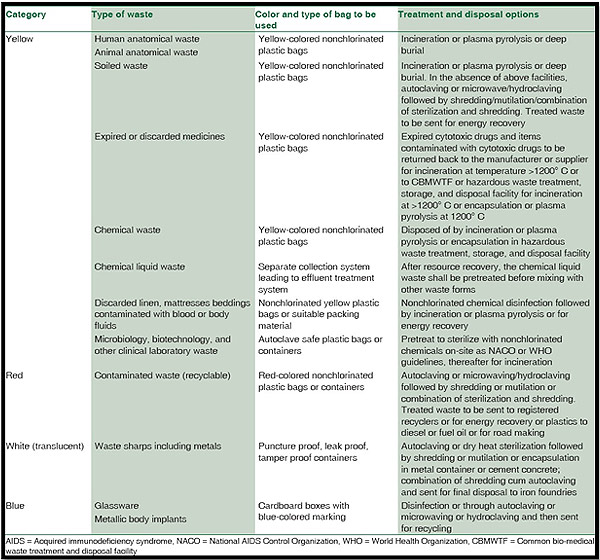6 Easy Facts About Reclaim Waste Shown
Table of ContentsNot known Facts About Reclaim WasteThe Of Reclaim WasteA Biased View of Reclaim WasteReclaim Waste Fundamentals ExplainedFascination About Reclaim Waste
Explore the types, occurrences, and forms of liquid waste. Residential sewage waste describes the waste and products from a residential septic tank. This kind of waste is produced by humans in houses, schools, and other buildings. This only includes septic containers that have a drainpipe area. The appropriate administration and disposal of domestic sewage waste need liquid waste to be transferred to a sewer therapy plant where the proper approaches and tools are put on detoxify and dispose of waste.
Business waste typically consists of prospective hazards, such as flammable products or a blend of liquid and solid waste items, and calls for an extra innovative and comprehensive disposal procedure. The disposal of business waste normally includes the filtration of waste prior to transport to make sure safe and appropriate disposal. Hazardous waste is developed from results and overflow of industrial procedures and production.
This sort of waste can not make use of the exact same sewer management transportation or processes as septic or industrial fluids. The hazardous waste monitoring procedure requires the evaluation and testing of fluid waste prior to it goes through the disposal process (liquid waste removal melbourne). Overflow waste is the fluid waste that originates from overflow and excess stormwater in extremely inhabited areas or cities
Overflow waste can trigger contamination and flooding if not managed appropriately. Find out more concerning sewage system cleansing and waste monitoring. Ensuring proper waste management can prevent calamities and lower ecological injury. Both individuals in property settings and professionals in commercial or manufacturing sectors can gain from understanding the processes and laws of fluid waste monitoring.
All about Reclaim Waste
Contact PROS Solutions today to discover our waste management and disposal solutions and the proper methods to care for the liquid waste you generate.
(https://medium.com/@leonaube33101/about)Do you know what happens to your water when you disengage, flush the commode or drain the washing maker? No? Well, it's worth recognizing. This so-called 'wastewater' is not only a vital source however, after treatment, will certainly be released to our land, waterways or the ocean. Made use of water from bathrooms, showers, baths, cooking area sinks, laundries and commercial processes is called wastewater.

water utilized to cool down equipment or tidy plant and devices). Stormwater, a kind of wastewater, is overflow that moves from agricultural and metropolitan locations such as roofing systems, parks, yards, roadways, paths and rain gutters right into stormwater drains, after rain. Stormwater moves neglected straight to neighborhood creeks or rivers, eventually getting to the sea.
Some Known Questions About Reclaim Waste.
In Queensland, most wastewater is dealt with at sewer treatment plants. Wastewater is carried from domestic or commercial websites with a system of drains and pump terminals, recognized as sewage reticulation, to a sewer therapy plant. City governments build, maintain and run most sewer therapy plants. Operators are accredited under the Environmental Protection Act 1994 to release cured wastewater at an appropriate ecological criterion right into rivers.
The Division of Natural Resources suggests city governments about managing, operating and keeping sewage systems and treatment plants. In unsewered areas, neighborhood federal governments may require householders to try this website mount private or home sewage therapy systems to treat domestic wastewater from commodes, cooking areas, washrooms and laundries. The Department of Natural Resources authorizes using home systems when they are proven to be reliable.
In some new class, treatment of some stormwater to get rid of litter, sand and crushed rock has started using gross contaminant traps. Wastewater therapy occurs in four phases: Eliminates strong matter.
Wastewater after that flows right into large storage tanks where solids settle and are gotten rid of as sludge. Oil and residue are skimmed from the surface. Utilizes little living organisms understands as micro-organisms to damage down and remove continuing to be dissolved wastes and fine bits. Micro-organisms and wastes are incorporated in the sludge. Gets rid of nitrogen and phosphorus nutrients that might cause algal flowers in our waterways and endanger marine life.
An Unbiased View of Reclaim Waste
Nutrient elimination is not offered at all sewage treatment plants because it calls for pricey specialized devices. Clear liquid effluent produced after therapy might still include disease-causing micro-organisms - liquid waste removal.

The majority of wastewater streams right into the sewerage system. Under the Act, neighborhood federal governments carry out approvals and permits for ecologically relevant activities (Periods) involving wastewater launches that might have a regional impact.
7 Simple Techniques For Reclaim Waste
Monitoring provides accurate info about water quality and can confirm that licence conditions are being satisfied. The information gotten with monitoring provides the basis for making water high quality decisions.